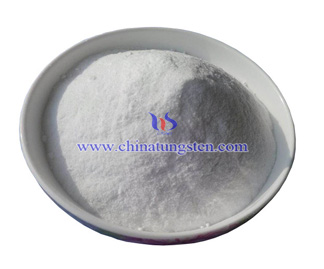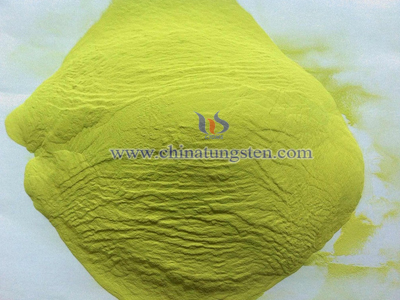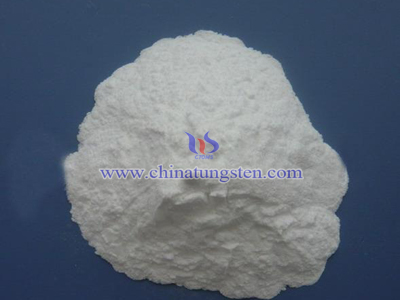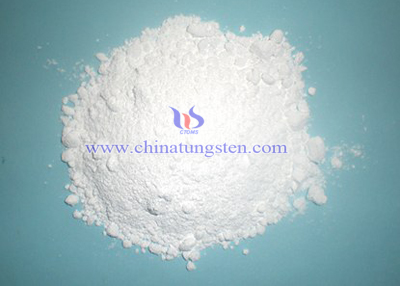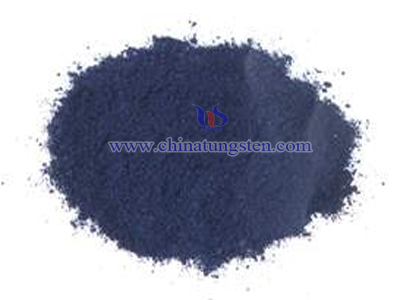Removing Molybdenum
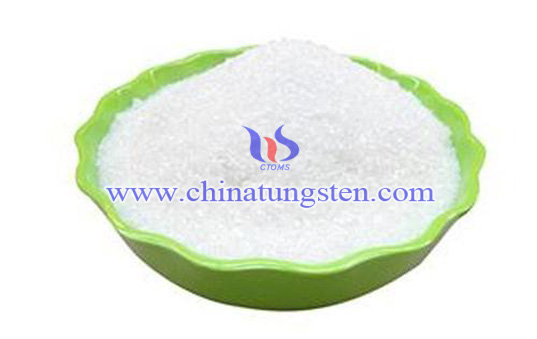
Dissolved molybdenum is removed from sodium tungstate solutions by adding sulfuric acid to lower the pH value of the solution to between about 8 and about 5, adding to the sodium tungstate solution a water-soluble sulfide in an amount of at least 0.5 gram per liter (gpl) in excess of that required to precipitate as sulfides molybdenum and certain other metals, then lowering the pH value of the sodium tungstate solution to between about 4.0 and about 1.5 as rapidly as possible with sulfuric acid in such a way as to precipitate molybdenum trisulfide while minimizing co-precipitation of tungsten.
High-purity tungsten and tungsten compounds are produced by digesting scheelite and wolframite to form sodium tungstate solutions which are purified and treated to form Sodium Tungstate, a precursor for producing other tungsten compounds and metallic tungsten. Molybdenum is often associated with scheelite and wolframite and must be removed from the tungstate solution in order to provide commercially acceptable tungsten products.
Processes are known for precipitating molybdenum trisulfide from sodium tungstate solutions and are generally directed to tungstate solutions having 500 or more parts per million (ppm) molybdenum. Such solutions can be more easily treated than solutions containing less than 100 ppm or even 50 ppm molybdenum, particularly when traces of organic substances are also present. The present invention allows the treatment of solutions containing 15 ppm molybdenum as well as those solutions containing as much as 20,000 ppm molybdenum.

